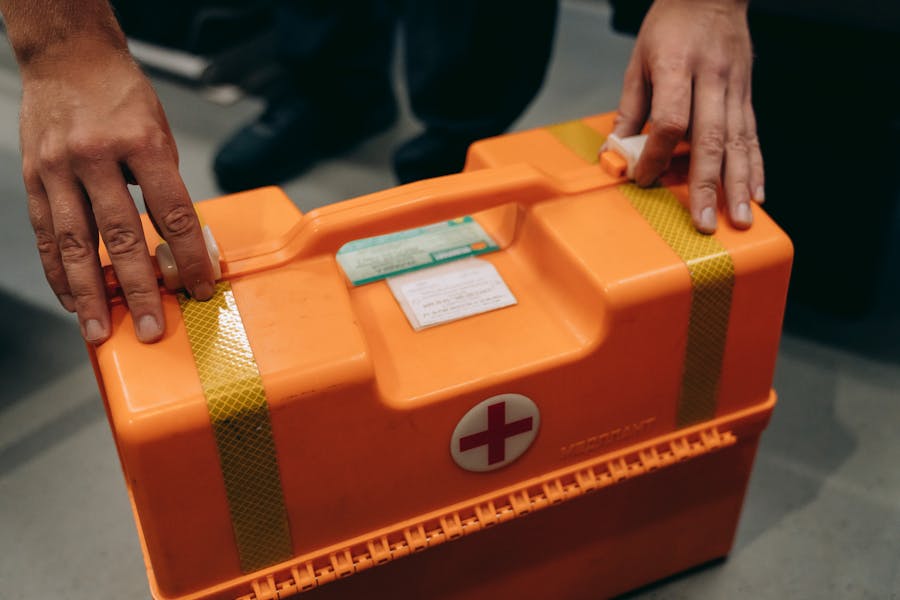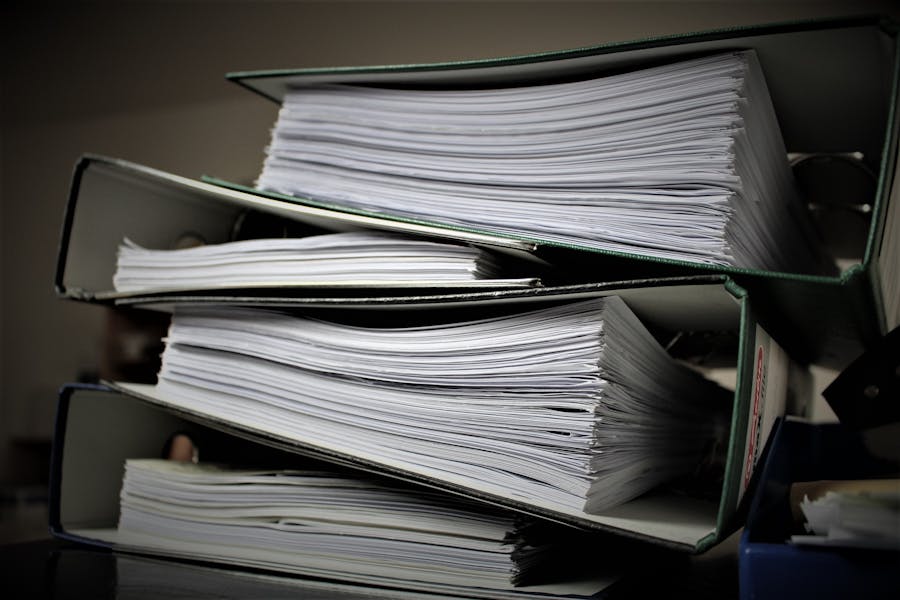Your ability to be able to navigate common business problems, handle the day-to-day running of things, and generally steer the business in the right direction might be all perfect. However, how reliable are you when the ship hits the rocks? Even if you are prepared to jump into action, a business can be weighty to turn quickly. As such, you need to make sure that you’re prepared for emergencies in advance. Here, we’re going to look at a few ways that you can get all the preparation you need in advance.
Perform a thorough risk assessment
First of all, you have to know which type of workplace emergency you should be putting more energy into preparing for. There are all kinds of different emergencies, including health emergencies, security emergencies, digital emergencies, and more. A risk assessment of your business is going to take a comprehensive look at the different risks that can affect, and which emergencies might be more likely to happen. It’s a good idea to have some plans in place for every kind of emergency you can identify, but you are going to want to put more time, resources, and training toward those with a greater chance of actually happening.
Have a list of emergency contacts at the ready
When an emergency does happen, you might need to have people on the ground, there and then, who can help you immediately mitigate the damage done as much as possible. That said, you should also make sure that you can pass things into the hands of responsible professionals whose roles are to deal with those kinds of situations as quickly as possible. You should keep a list of emergency numbers on your phone, as well as in physical form, where it can be easily accessed. This should include numbers for the police department, the fire service, local hospitals and ambulance services, your poison control department, and even your IT service providers
Equip your office with the essentials
You want to make sure that your office can provide the essentials to help your team get through whatever risk it is they have to manage in the event of an emergency. Being equipped means different things for different kinds of emergencies. It will include, naturally, all the necessary fire safety gear, as well as supplies like first-aid kits to deal with medical. Many of the necessary emergency provisions are going to be outlined by the health and safety regulatory requirements that apply to your business, but you can go beyond that with things like office emergency kits, which can include a broader range of resources to help you get through more kinds of emergencies as safely as possible. Consider your needs and make sure that you have the supplies to see the entire team safely through the relevant emergencies.
Ensure you have CPR training
By far one of the most critical skills to have available in any workplace is the ability to handle a heart attack, which is a very common medical emergency. Keep your staff prepared and ready to handle the situation with the necessary training. You can even earn your CPR certification online to make it as convenient and accessible for your team as possible. Having at least one person who is equipped to give CPR in the event of a heart attack can genuinely end up saving a life, by preventing the brain damage that can be done by a lack of oxygenated blood being pumped by the heart. It’s one of the most vital things to ensure while you’re waiting for medical professionals to come and take over. If you have a business with multiple floors, you should ensure that at least two people per floor have CPR training.

Provide general first-aid training
Cardiac arrest is one of the most common and most serious medical emergencies that can happen in any workplace. That said, it’s far from the only one. You might also want to make sure that you have someone well-trained in more basic first-aid care. This can include things like being able to clean and dress wounds, assess the general condition of someone who has been injured, and prepare them for emergency treatment as best as possible. Part of your first aid training should also be regular inspections of necessary provisions such as your first aid kit, as some parts of it may need to be replaced over time.
Set up clear roles for your team
You never know how you nor your team are going to react in the event of an emergency. Some people are going to find the reserves to step up into a leadership position, while others might find themselves unable to act without clear directions from someone else. You don’t want people to have to make their own decisions in the event of an emergency. As such, you should set clear emergency roles and responsibilities. This can include things like who will provide emergency medical attention such as CPR, who will get in touch with the emergency contacts, and who will go and get the necessary emergency supplies. Some of these roles will be determined by what emergency skills each individual has (such as CPR training), but otherwise, you will have to be decisive and set those roles yourself.
Keep the lines of communication clear
Just as you want to make sure that the roles that your team takes in the event of an emergency are clearly understood and set up ahead of time, you should make sure that the same applies to how you handle communication in the workplace. Mixed-up communication can lead to misunderstandings and people can end up actively working against each other without intending to in an emergency. You should make sure that individual teams or floors have people who are allocated the roles of communicating with them, and have a core team who talk together on how to handle the emergency, then delegate actions to the rest of the team.

Keep documentation
Two kinds of documentation are important in an emergency. The first is the documentation and plans you refer to when an emergency happens, written in advance with clear instructions on how to handle that emergency. The other type of documentation you should keep hold of is any that happens during the emergency, outlining the actions that were taken. Having CCTV cameras can help you create evidence of how you handled an emergency, not only to satisfy your legal liability for handling such situations but also to help you look back throughout events and to make sure that you learn any necessary lessons from them.
Back up your data regularly
Nowadays, data emergencies are fast rising as one of the most prevalent, as well as one that can do a lot of damage if allowed to rage unchecked. In the event of something like a data breach, a ransomware attack, or even equipment failure, you want to make sure that you don’t lose the data that’s on your physical servers. The best way to do that is to find a Cloud backup that automatically uploads your physical data regularly. This can make it easy for your team to pick up their work and avoid downtime in the event of a data or digital equipment emergency, and also lets you more quickly get the digital security experts in to handle the threat without having to worry about migrating data in that very moment.
Rehearse what you can
Having all of the plans, resources, and training that you need is going to make sure that your team is well-equipped for different kinds of emergencies. That said, there’s a difference between knowing how to do something and being able to do it. Rehearsing your team’s roles in the case of an emergency, such as with a fire drill, can make sure that you’re able to keep those skills fresh and offer them some practice so that you can more quickly kick into gear if the real thing happens.
Be ready with insurance
Of course, after all has been said and done, you have to make sure that you have some means to mitigate the costs of dealing with an emergency as well. When you’re considering the likelihood of different emergencies during your risk assessment, you should also keep in mind how likely you are to need insurance to handle the costs of that emergency. Without insurance, you might find it difficult to replace any equipment that has been damaged during an emergency or to make the payments that you might have to make if your business is found liable for certain risks. Make sure that you consider your insurance needs seriously.
Emergencies can happen at any time, and they don’t work on your timetable. The tips above can make sure that you’re ready to switch into emergency mode as soon as the situation demands it. The above tips can help you prepare for an emergency, but you have to do you research to ensure that you’re aware of which threats are most likely to affect you.


